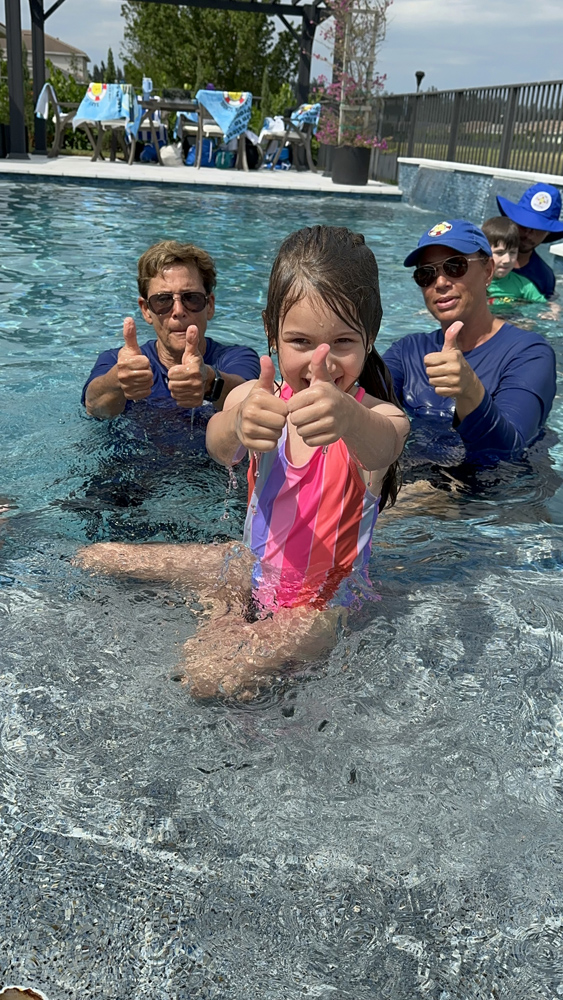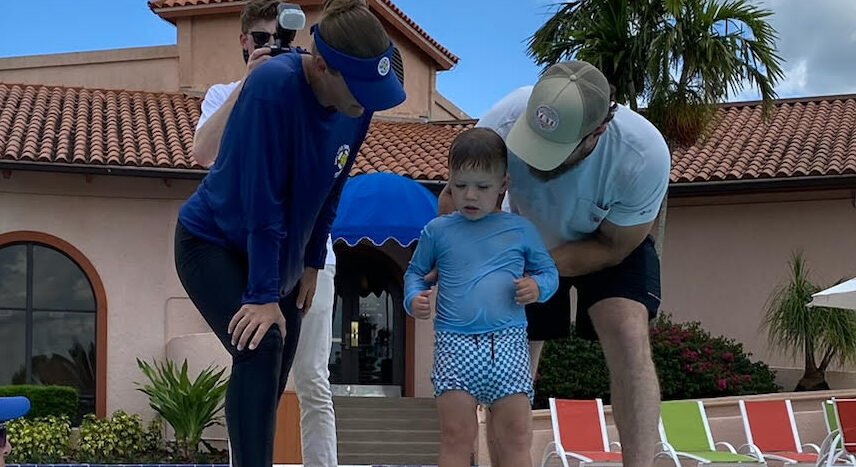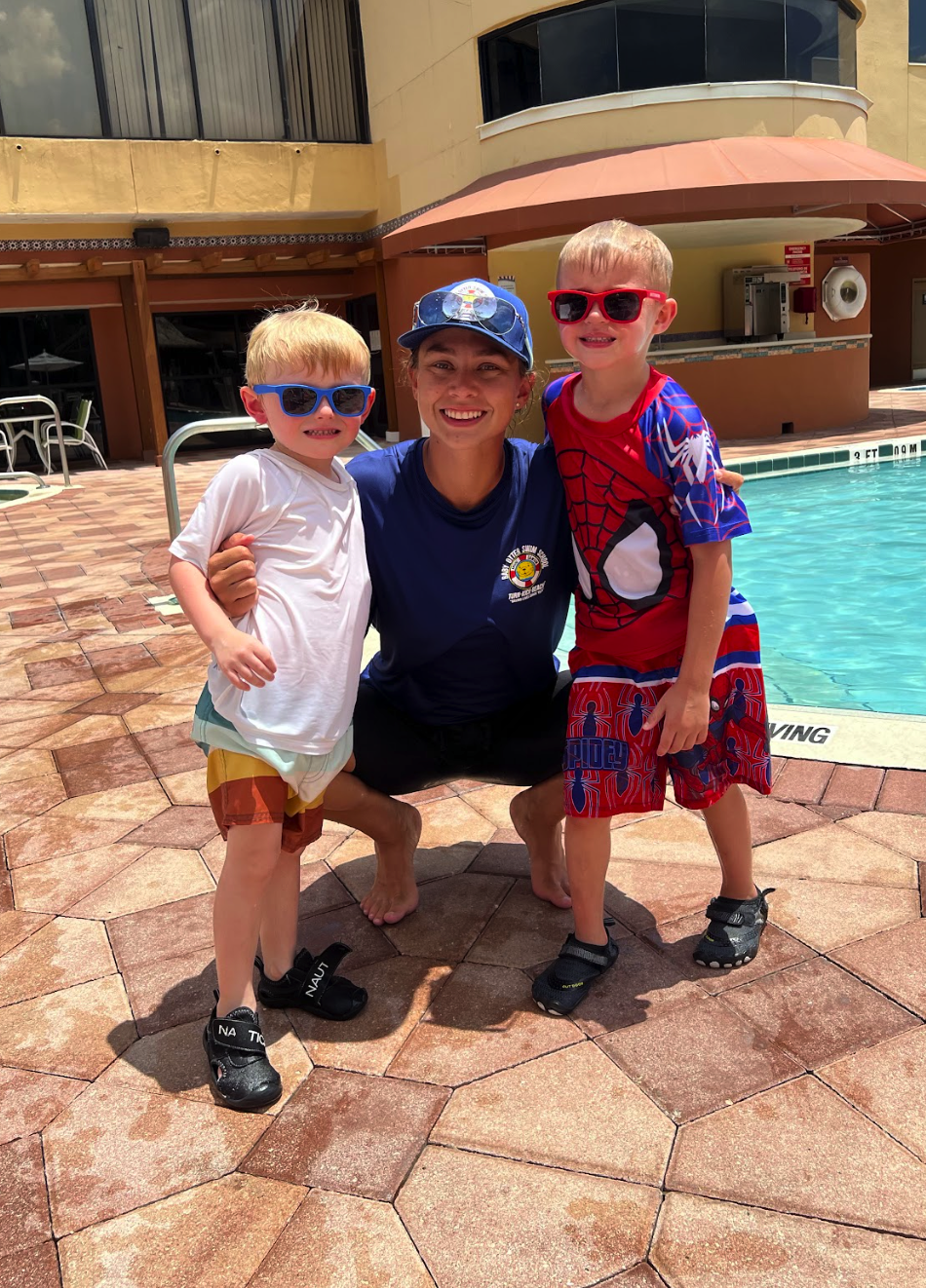Why Baby Otter Swim School Attracts Attention as a Trusted Name in Aquatic Learning
Why Baby Otter Swim School Attracts Attention as a Trusted Name in Aquatic Learning
Blog Article
Everything You Need to Know Concerning Swimming Lesson for Beginners: A Comprehensive Overview
Recognizing the principles of swimming lessons for beginners is vital for fostering both security and skill development in the water. The course to coming to be a confident swimmer is often laden with difficulties, consisting of the usual fear of water.
Significance of Water Safety
Water safety is paramount for anyone venturing right into marine environments, specifically beginners. Recognizing the possible hazards linked with water activities is vital to make sure a pleasurable and safe experience. Statistics show that sinking remains a leading root cause of unintentional fatality, underscoring the demand for enhanced recognition and precautionary actions.
The primary step in water safety entails recognizing the significance of guidance. Adults need to constantly keep a close eye on youngsters and inexperienced swimmers, as also shallow water can position substantial threats. In addition, using proper flotation tools, such as life vest, is important, specifically for those that are not yet confident in their swimming abilities.
One more critical facet is acquainting oneself with the specific environment. Each body of water has one-of-a-kind characteristics, including currents, tides, and temperature level, which can influence security. Swimmers need to also know climate condition and possible threats, such as submerged things or unexpected changes comprehensive.
Finding the Right Instructor
Selecting a qualified trainer is a crucial action in guaranteeing a reliable and risk-free learning experience for beginners. When looking for a trainer, consider their certifications and experience. Look for people who are licensed in mouth-to-mouth resuscitation and Emergency Treatment, in addition to those that hold acknowledged swimming teaching qualifications, such as those from the American Red Cross or YMCA.

Additionally, examine the trainer's communication skills. They must have the ability to convey directions plainly and demonstrate techniques effectively. A connection in between the teacher and the learner can improve inspiration and foster a favorable understanding atmosphere.
Finally, think about logistics such as class dimension, area, and scheduling. Smaller sized course dimensions usually enable for more tailored focus, which can be valuable for beginners. By carefully assessing these variables, you can discover an instructor who will add to a successful swimming experience.
Necessary Swimming Strategies
Understanding necessary swimming methods is critical for newbies intending to construct self-confidence and efficiency in the water. The structure of reliable swimming depends on mastering the standard abilities that boost both security and enjoyment throughout technique.
One of the very first strategies to concentrate on appertains breathing. Beginners need to learn to exhale underwater and inhale rapidly when transforming their heads sideways, ensuring a constant rhythm that supports endurance. Additionally, body positioning plays a crucial role; swimmers need to preserve a streamlined posture, maintaining the body horizontal and level to reduce drag.

Finally, understanding the relevance of buoyancy can not be ignored. Mastering floating methods will boost comfort and security in the water. By focusing on these necessary methods, newbies can develop a strong swimming structure, setting them up for higher success in future lessons and advanced skills.
Various Swimming Styles
Numerous swimming designs exist, each offering special methods and advantages that provide to various choices and goals. The four primary strokes-- visit the site freestyle, butterfly, backstroke, and breaststroke-- create the structure of competitive swimming and recreational methods.
Freestyle, likewise referred to as the front crawl, is defined by a flutter kick and alternating arm motions, enabling optimal rate and efficiency. It is typically one of the most preferred option for novices as a result of its straightforward strategy and adaptability in different water setups.
Backstroke, performed on the back, uses a similar flutter kick however uses a windmill arm movement. This stroke improves body positioning and advertises relaxation in the water, making it a superb option for those that may feel distressed while swimming.
Breaststroke includes a frog-like kick and synchronised arm activities, promoting a slower rate that enables improved breathing control. Going Here This stroke is specifically advantageous for beginners as it encourages a natural rhythm.
Last but not least, the butterfly stroke, known for its tough technique, includes a dolphin kick and simultaneous arm motions. While advanced, mastering it can substantially boost total swimming proficiency. Embracing these diverse styles can cause an all-round swimming experience.
Conquering Common Difficulties
Although swimming can be a rewarding task, newbies frequently come across numerous challenges that may impede their progression and enjoyment in the water. Beginning by accommodating to the water in superficial areas, and practice breathing strategies outside of the water to construct confidence.
Another difficulty is mastering fundamental methods, such as floating and stroke technicians. Novices must concentrate on proper body placement and breathing patterns. Utilizing flotation devices can aid in developing a sense of equilibrium while exercising stroke principles.

Lastly, locating a supportive environment, whether with group lessons or individually mentoring, can substantially boost discovering. Constructive feedback and encouragement are crucial for cultivating and getting over challenges renovation. By attending to these typical problems head-on, novices can cultivate a positive swimming experience and progress at a comfy speed.
Final Thought
In summary, swimming lessons for novices incorporate crucial components such as security, reliable guideline, and proficiency of vital techniques. Focus on core skills, including breathing and body positioning, help in creating confidence in the water.
Recognizing the fundamentals of swimming lessons for novices is crucial for fostering both safety and ability advancement in the water.Water security is extremely important for anyone venturing into aquatic settings, specifically novices. Arm activities need to additionally be collaborated with the kick; novices ought to discover the value of getting to onward and pulling with the water efficiently.
Although swimming can be a satisfying task, newbies typically experience various difficulties that may prevent their progression and enjoyment in the water. Beginning by adjusting to the water in superficial locations, and practice breathing techniques outside of the water to build confidence.
Report this page